Houseplant gardening has really taken off and shows no signs of slowing down. We compiled a list of the 21 most popular houseplants to grow to brighten up your home or office. You can even give them as gifts to people you care about.
When considering which plants to grow, you’ll need to factor in the environmental conditions that you can offer. Consider light exposure and whether plants can grow in low light, medium filtered light, or bright direct sun exposure.
Indoor plants are great for many locations at home, including walls, windows, floors, desks and tables, or cascading vining plants spilling from hanging baskets.
In our group of common houseplants, there is something for everyone.
1. Air Plant (Tillandsia)
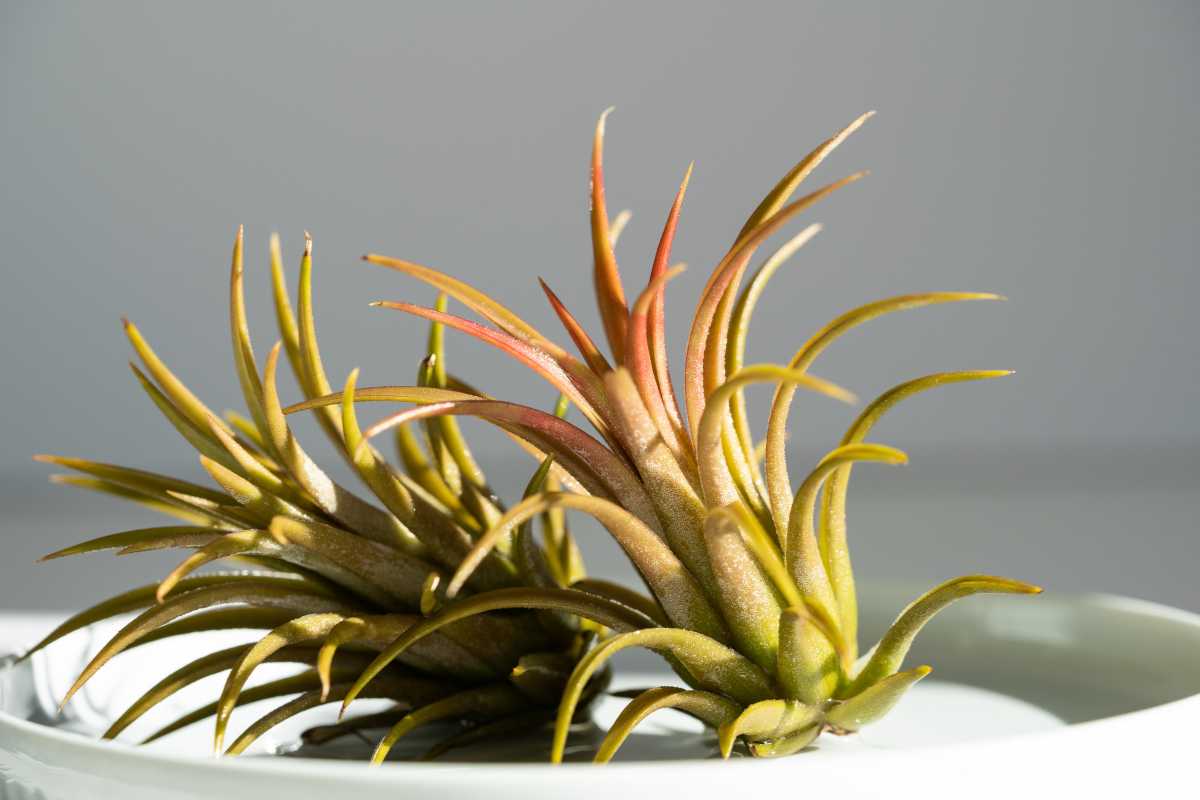
This list begins with the air plant, which has become increasingly popular due to its limited care requirements and captivating appearance. They don’t have roots and do not need soil to survive.
These are epiphyte plants that take their nutrition and moisture through the foliage. They can be positioned on just about anything from a log to a rock to a plate.
Soak your air plant weekly and shake off excess water. Use epiphyte fertilizer to feed it. If the leaves curl excessively due to lack of water, soak them in water overnight.
2. Aloe Vera Plant
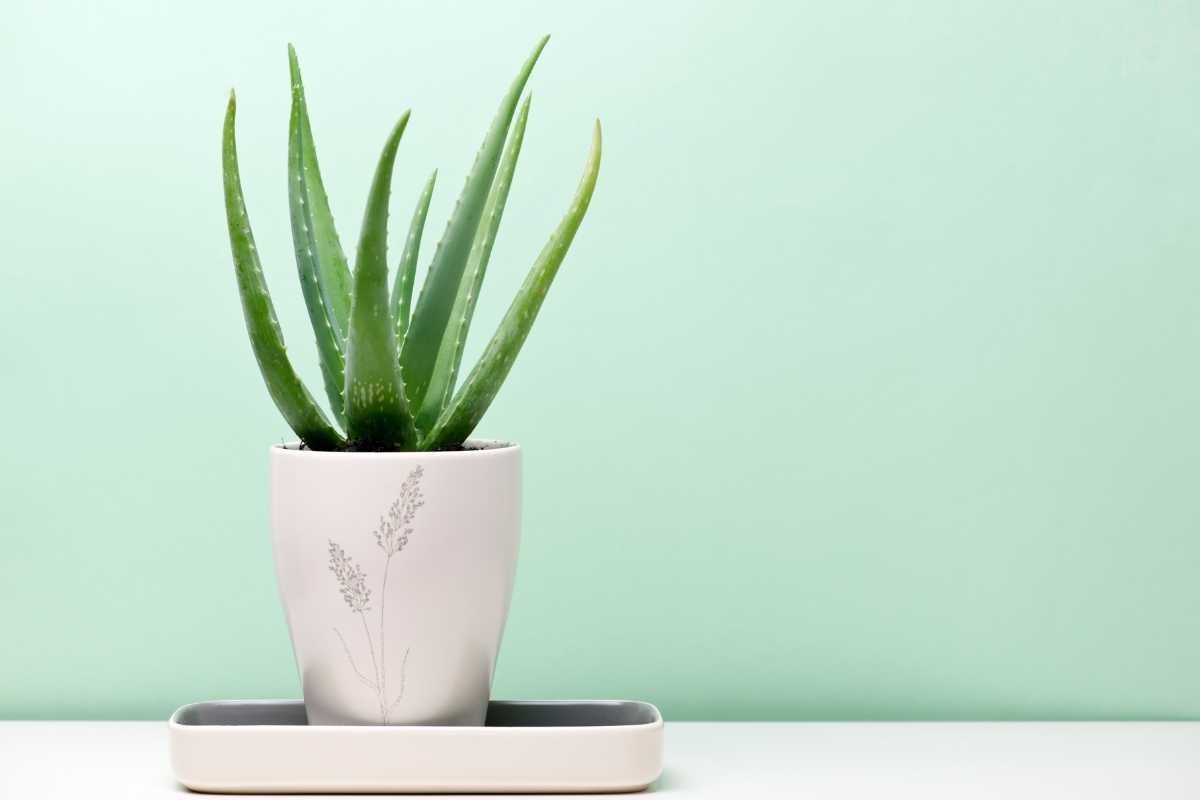
The Aloe Vera plant is a succulent that is not only popular for its pretty green appearance, but for its health benefits too.
The watery gel contained in its leaves is used for many things, from sunburn to insect bites. It’s also one of the best air cleaning houseplants with its ability to absorb toxins in the air.
The ideal potting soil mix is one that’s blended specifically for cacti. Keeping them a little rootbound can also encourage blooming.
3. Bird’s Nest Fern (Asplenium nidus)
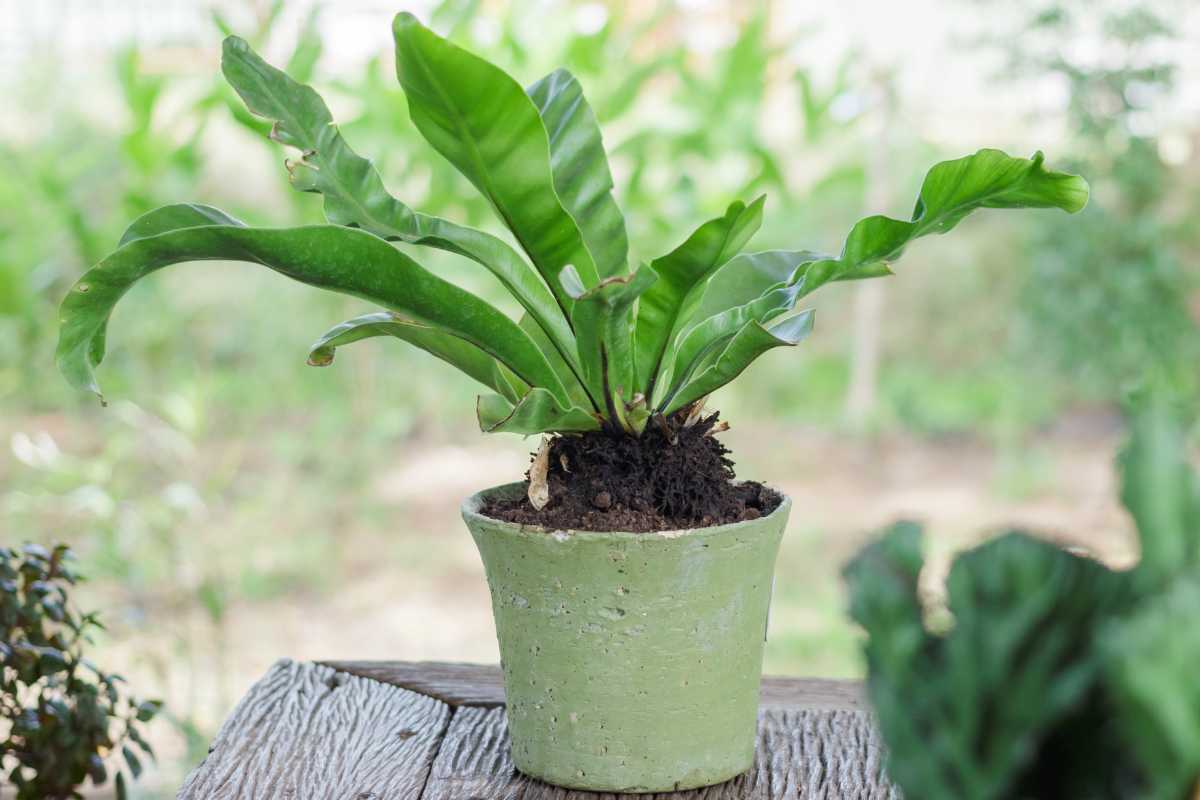
If you like ferns, the Bird’s Nest Fern is a tropical delight that is perfect for tabletops. Fronds reach out from the plant’s center into an elegantly shaped upright bright green bundle.
It’s the perfect choice for humid locations like kitchens or steamy bathrooms. Reaching heights of two feet tall, the soil should be kept moist with regular watering. Ferns need to be watered along the edge and not in the center to prevent root rot from setting in.
Should the fronds start to turn yellow, check for overwatering. Feed this fern about every three weeks with liquid houseplant fertilizer diluted to half strength during the growing season.
- Learn more about How to Dry Overwatered Soil
4. Bonsai Tree
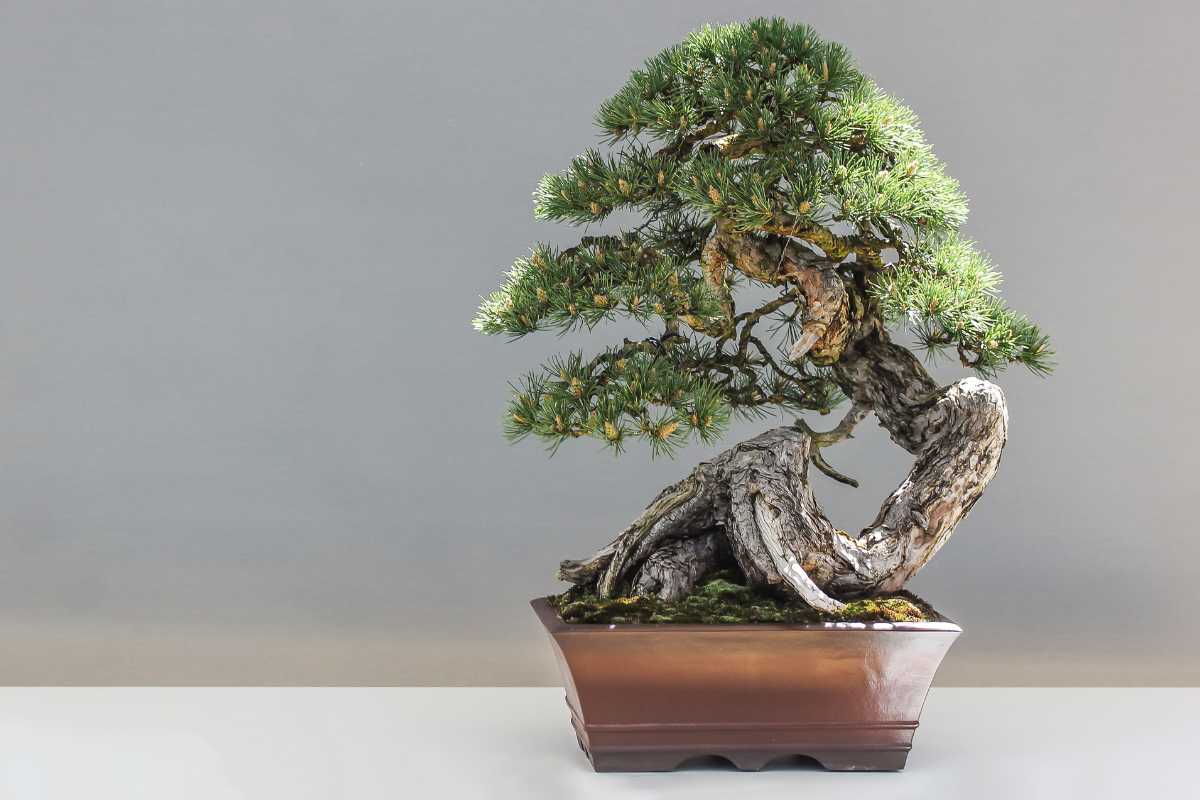
Bonsai trees are increasingly popular and for those passionate about the idea of growing a miniature tree in your home, this is not only a plant, but also art.
The bonsai is not a specific “plant” or “tree,” but a method for shaping a tree, whether it’s an olive tree, pine tree , juniper tree, or spruce tree.
Bonsais now have local clubs and associations that are specifically dedicated to the cultivating of these trees. There’s a lot of support out there for lovers of bonsais.
5. Calathea Plant (Calathea spp.)
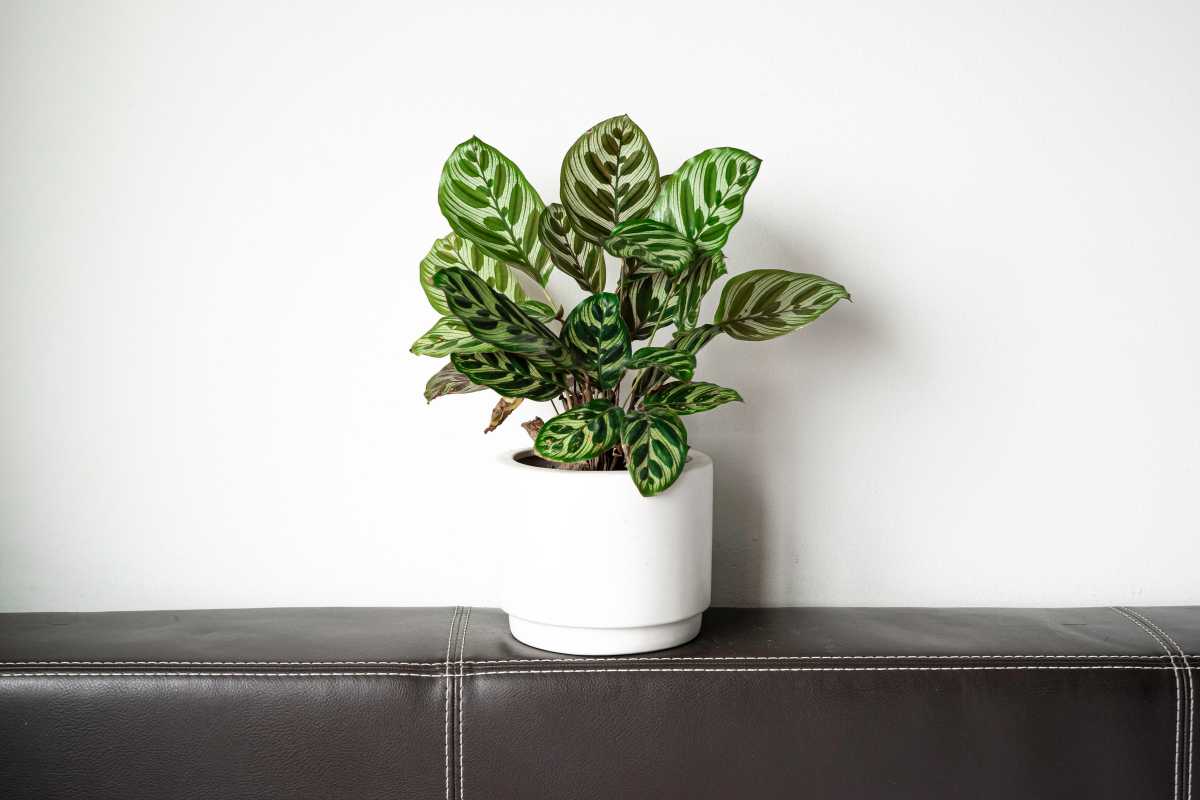
Appreciated for its decorative leaves, the Calathea Plant comes in several colors, shapes, and patterns. It’s also a “moving plant” that will open its leaves outward during the day and lift them upwards at sunset. They can reach three feet tall.
The soil bed should be kept moist, never soggy or totally dry. They are sensitive to chemicals and minerals, so distilled water or filtered water is best when watering. The calathea can be fed monthly beginning in spring through autumn.
6. Cast Iron Plant (Aspidistra elatior)
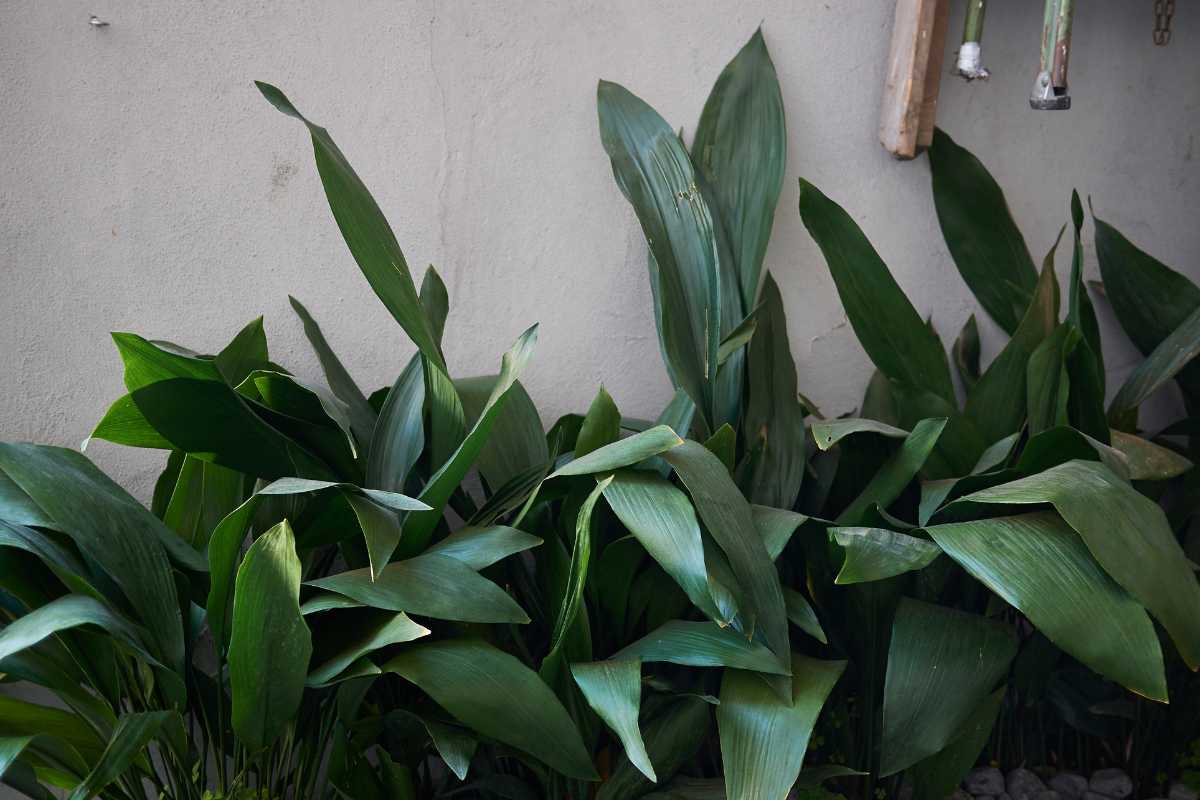
Cast Iron plants are practically indestructible, hence the popular name. Since it’s a hardy plant and exceptionally easy to care for, they are always in a popular houseplant.
They are perfect for people with little time to dedicate to caring for plants, hence their popularity. They can grow up to two feet in height and need to be watered once the soil bed has dried. Feed the cast iron plant monthly once the growing season begins.
7. Chinese Money Plant (Pilea Plant)
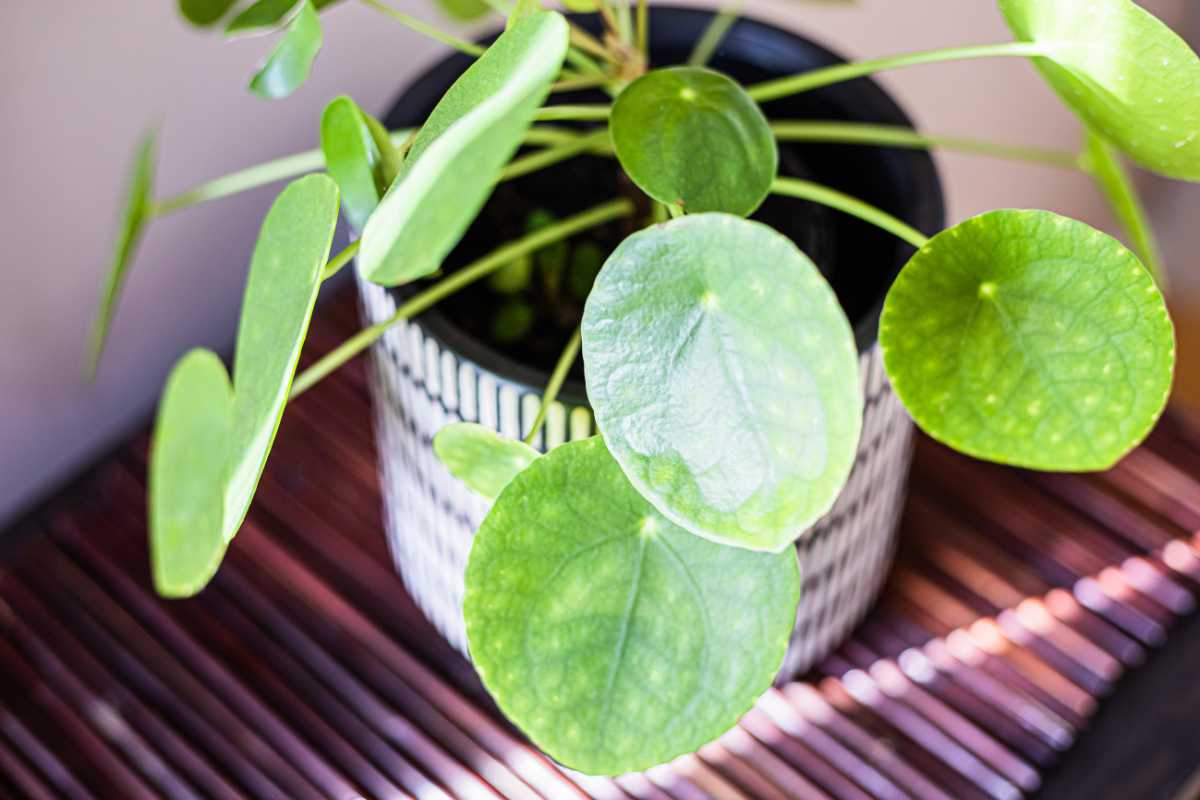
The Chinese Money Plant is an unusual-looking plant featuring round leaves that is thought to bring prosperity to its owner. It’s a favorite houseplant for people to add to their plant collection for luck.
It appreciates a good dose of indirect sunlight and occasionally requires a good soak. It doesn’t need moist soil at all times. Let the soil bed dry out before the next watering.
8. Dracaena fragrans (Corn Plant)
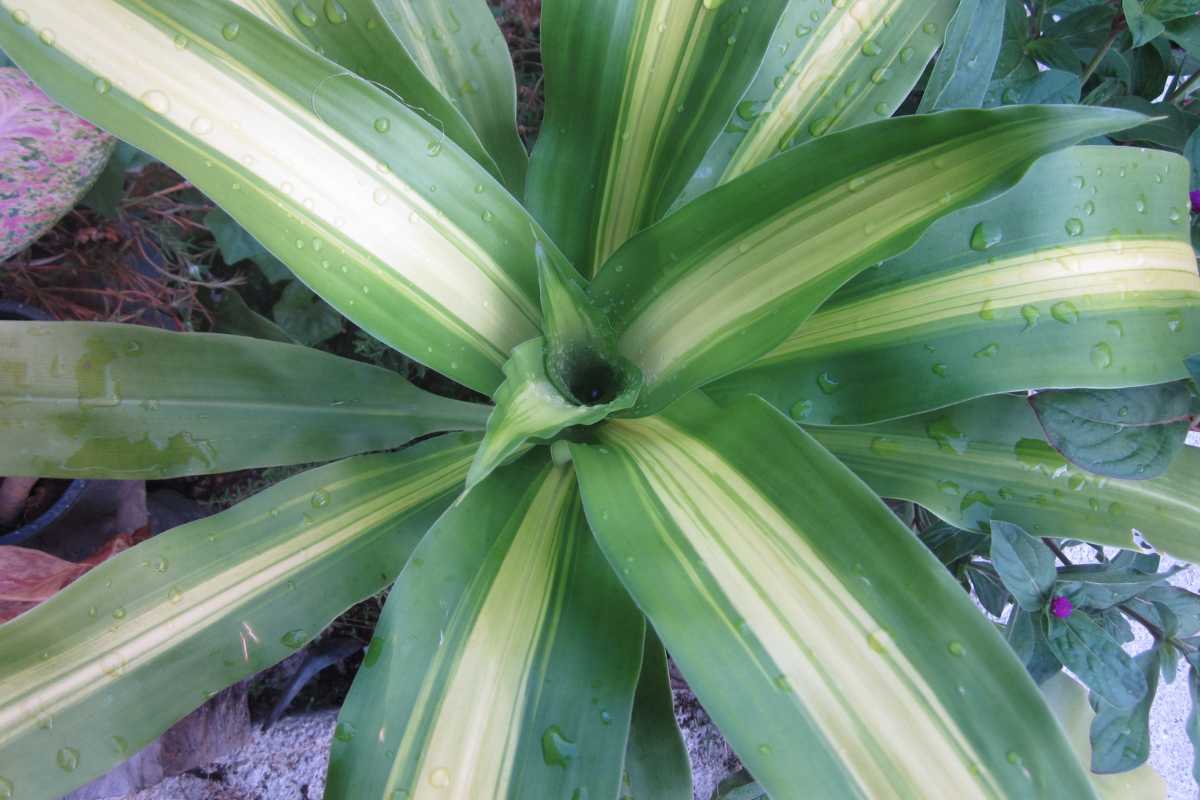
Increasingly fashionable, the Dracaena fragrans is a well-liked indoor houseplant for its bright colorful foliage. A tropical native to Africa, they have been in Europe since the 1800s.
They can grow to six feet tall. The corn plant likes bright indirect light and high humidity levels. Keep the soil moist from spring through fall and it will give you a glorious plant.
9. Fiddle Leaf Fig (Ficus lyrata)
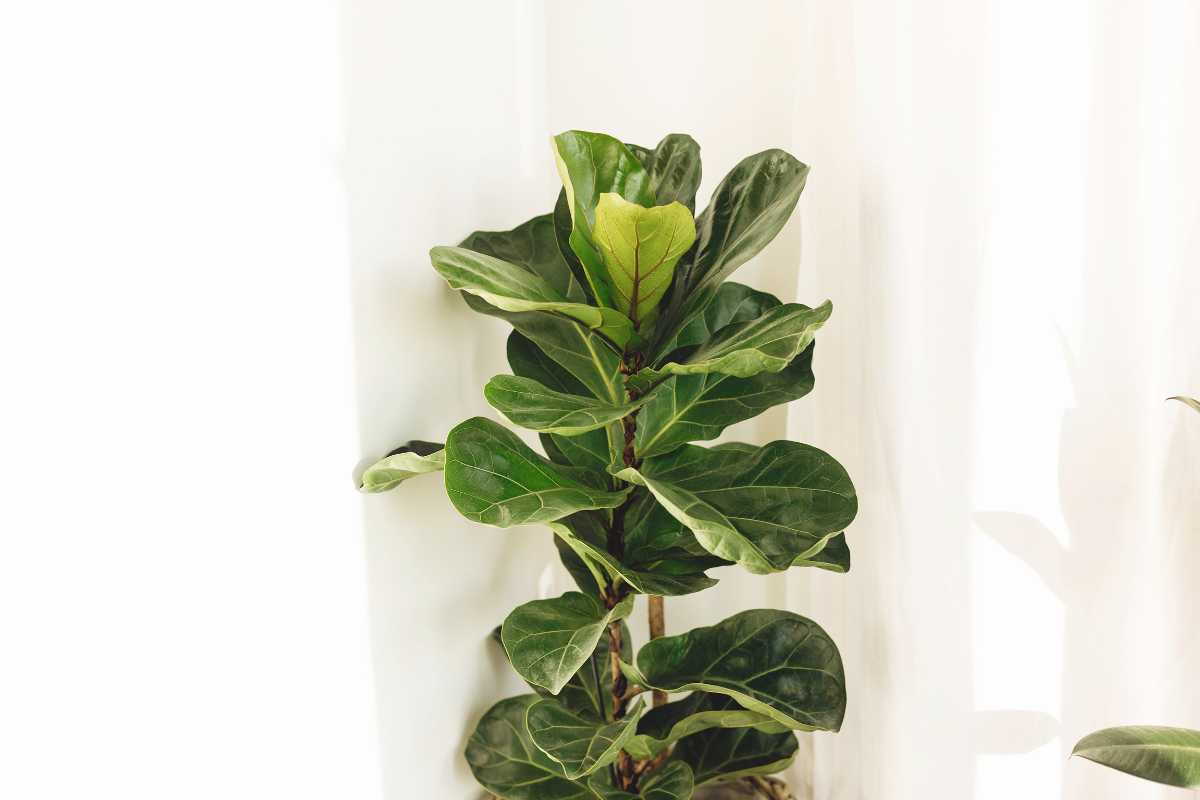
Want a bit of the jungle in your living room? The Fiddle Leaf Fig is a slow grower, but it can grow tall, right up to your ceiling if allowed.
Native to the rainforest, it is sensitive to the cold and requires indirect bright light from a nearby window. Direct sunlight exposure can scorch the foliage. This fig plant needs a fertilizer high in nitrogen during the growing season. Do not feed in the winter months during its dormant period.
During the growing season from the spring through autumn, if you notice the top inch of soil is dry, go ahead and water it. Depending on where you live, it could be a weekly watering. In the winter, watering should be reduced.
10. Jade Plant (Crassula ovata)
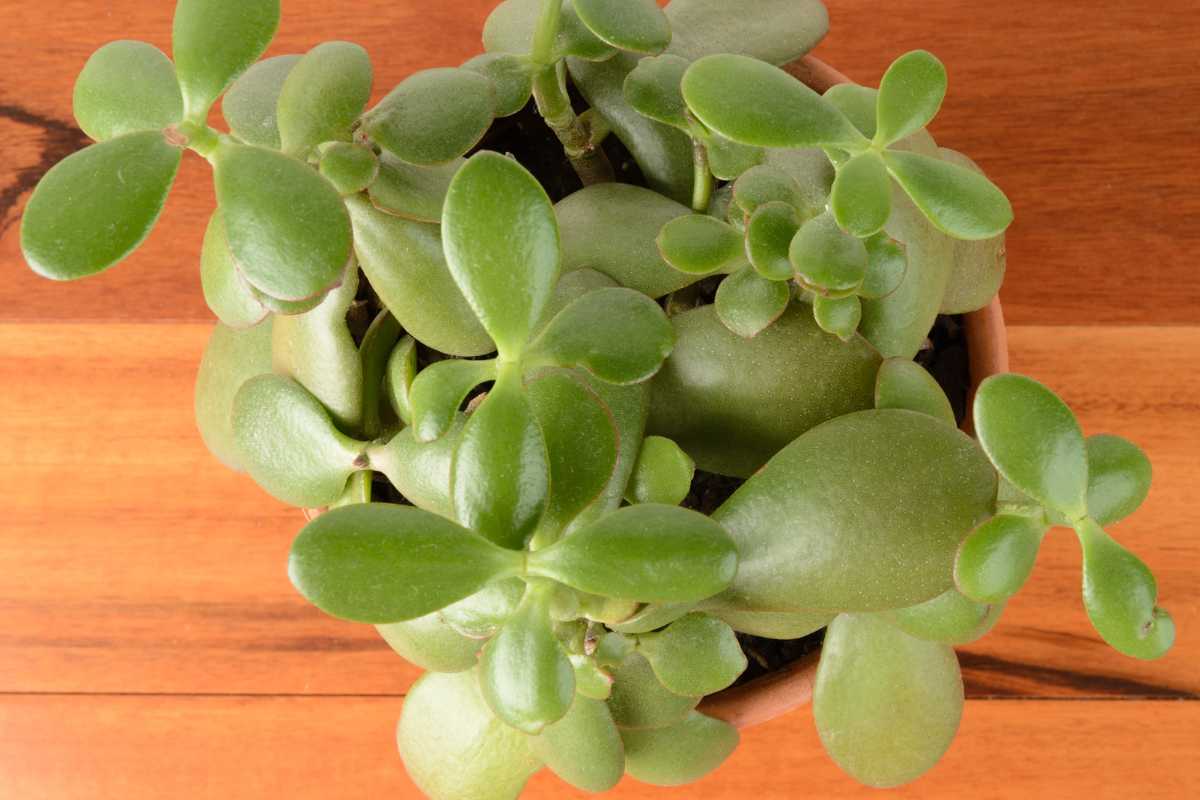
The Jade Plant is thought to bring good luck to its owner. It is a succulent with fleshy, pillowy plump leaves. It can be easily propagated with a simple stem cutting and can live for many years.
The ideal soil bed will be a cactus or succulent potting soil mix that should dry out between waterings. You can feed the Jade annually during the growing season with a liquid succulent fertilizer.
11. Kalanchoe (Kalanchoe blossfeldiana)
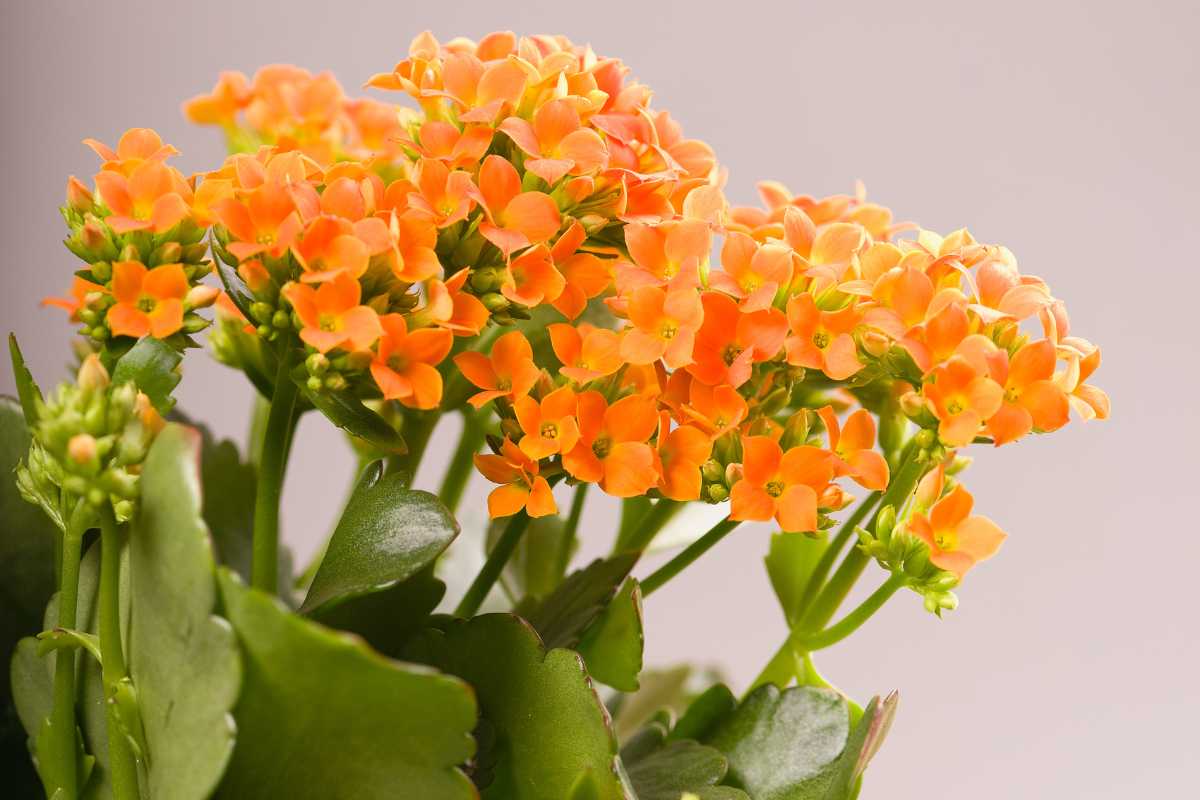
Kalanchoe plants are lovely succulent bloomers and produce flowers throughout the year. They only require occasional watering and moderate light.
Available in a variety of colors, they need two to five years to reach maturity. These popular plants are sold everywhere, from nurseries to supermarkets to florists.
12. Lucky Bamboo (Dracaena sanderiana)

Although not a real bamboo plant, the Lucky Bamboo is thought to bring good fortune to those who possess it.
If you don’t want to deal with soil and pots, the great thing about this plant is that it is thoroughly happy when cultivated in water.
It’s a very vertical plant that can grow to about three feet tall and fits in narrow spaces. It requires good, indirect bright sunlight and a weekly water change.
13. Parlor Palm (Chamaedorea elegans)
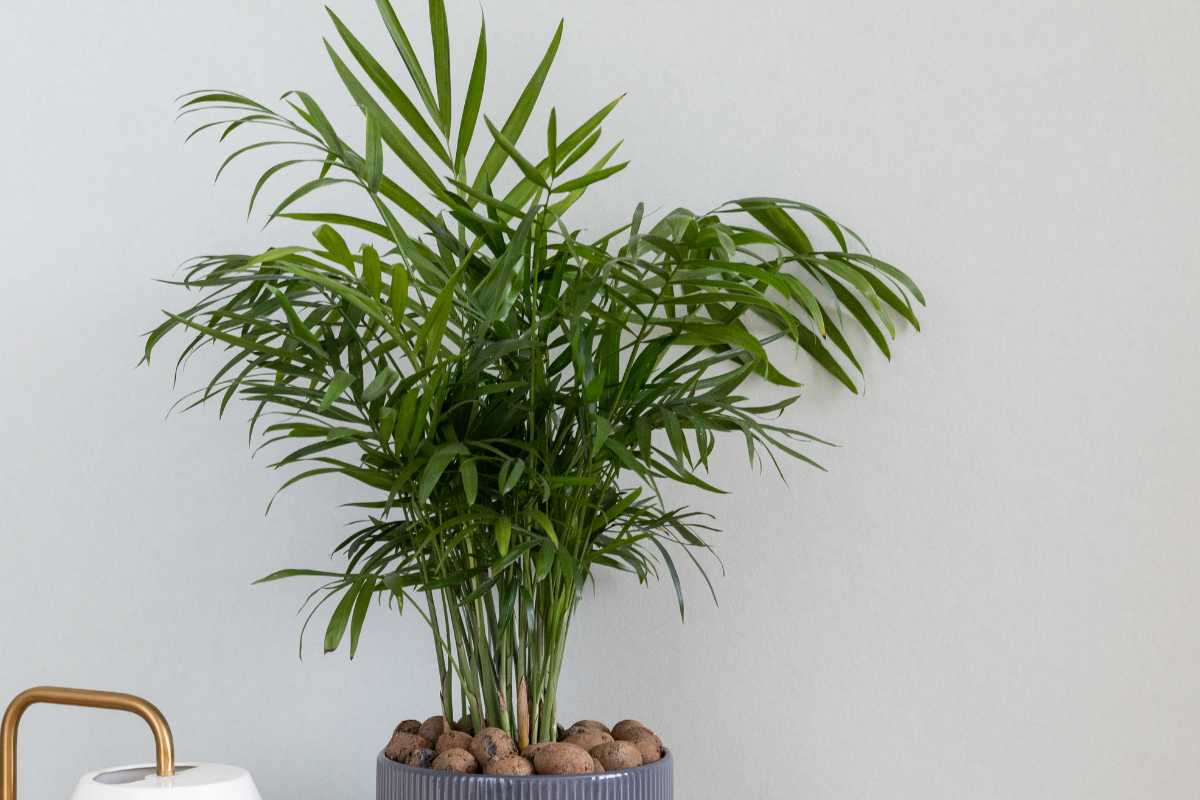
Most of us would assume that a palm tree needs lots of sunlight, but the Parlor Palm does exceptionally well in offices, lobbies, and environments with little light.
Nonetheless, this palm will add some tropical atmosphere to any corner, reaching heights from two to four feet tall. Keep the soil moist and water it when the top couple inches of soil is dry. Feed it liquid fertilizer monthly during the growing season.
14. Polka Dot Plant (Hypoestes phyllostachya)
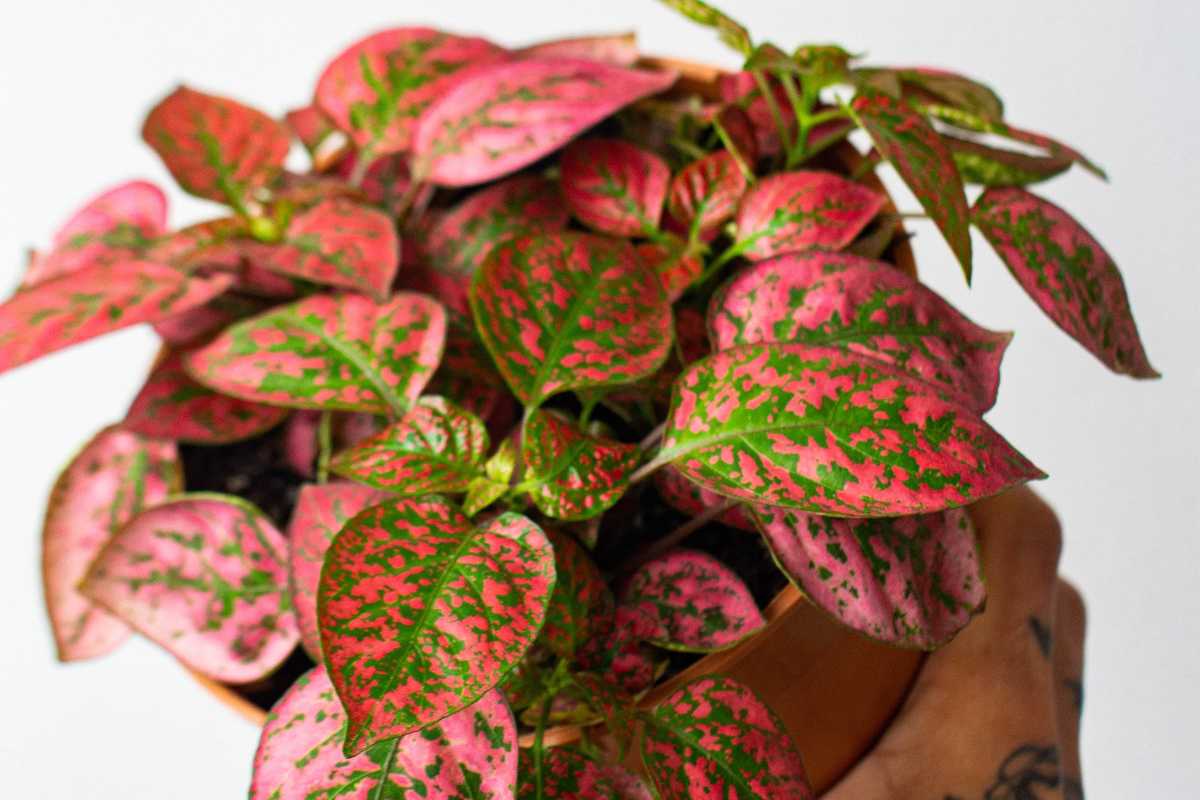
Polka Dots are all the rage and not only on clothing. The Polka Dot Plant has become increasingly popular thanks to its cheery speckled patterns in bright pink, white, or red on a dark green background.
This is a happy plant that will brighten the spaces you place it in. It appreciates humidity and can reach a height of one foot. If you prefer a smaller version, just pinch back the stems for bushier growth.
The soil should always be moist. A diluted houseplant fertilizer can be given bi-weekly during the spring and summer months.
15. Golden Pothos (Epipremnum aureum)
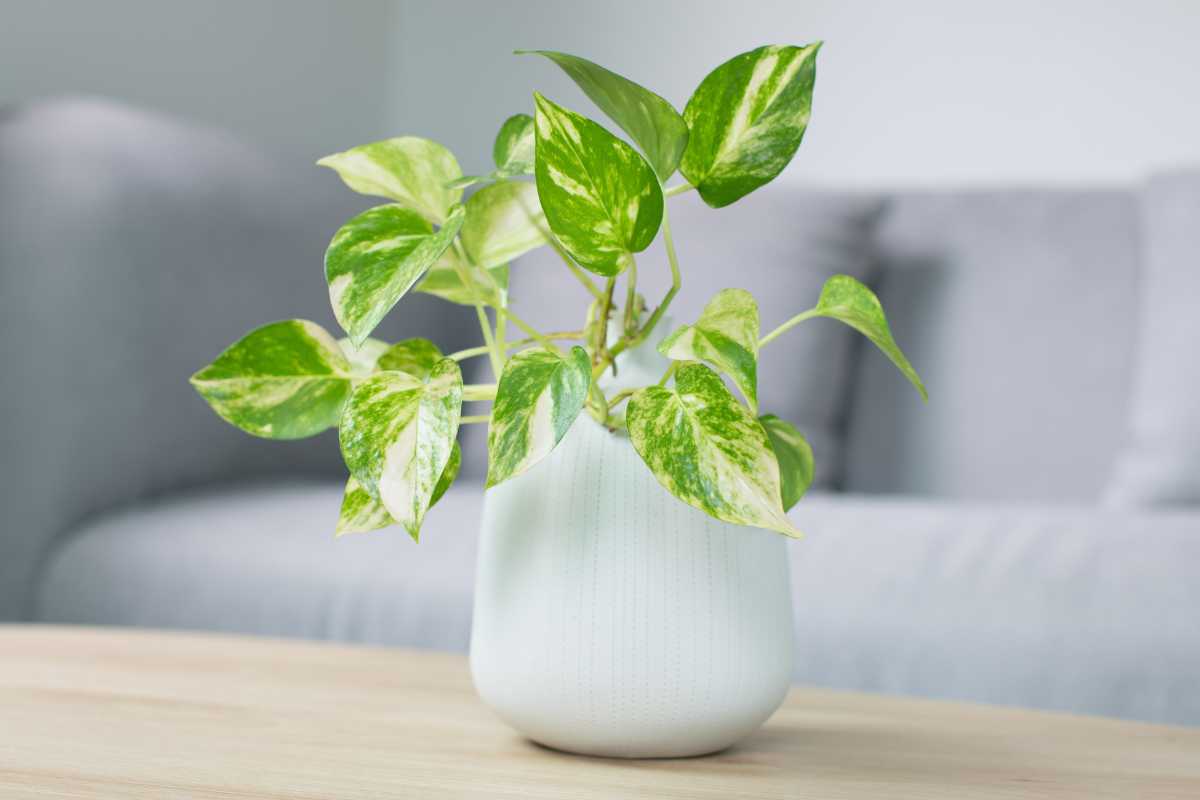
The Golden Pothos Plant is the reigning low-light, easy-to-grow plant and requires little maintenance. While foliage can be found in a variety of shapes, colors, and patterns, these are vining plants that can grow from six to ten feet long.
For a fuller pothos, just trim it for a compact, stand-up version. They look great when cascading from hanging baskets or from high perches on shelves or atop furniture. You can also provide a pole or trellis for them to climb upward.
Allow the soil bed’s top inch to dry between waterings and fertilize lightly each month for a healthy plant.
16. Philodendron (Philodendron spp.)
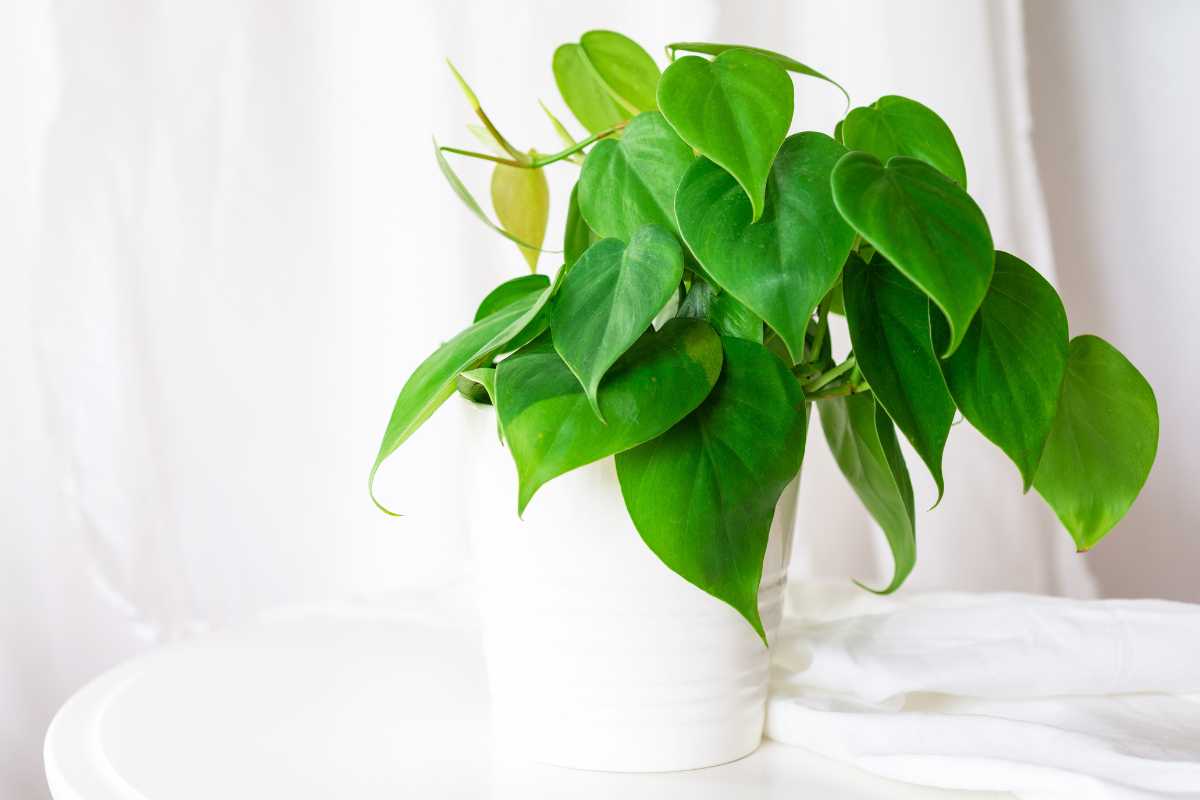
The Philodendron is definitely a prince among easy-to-grow, low-maintenance plants. It will adapt nicely to low-light conditions, and will grow more rapidly in brighter light conditions.
The Philodendron is known for its vivid green heart-shaped leaves, but it does come in varying shapes and colors. It’s a vining plant that can grow to eight feet long.
The soil should be kept moist. Feed it with a liquid soluble fertilizer throughout the growing season.
17. Rubber Plant (Ficus elastica)
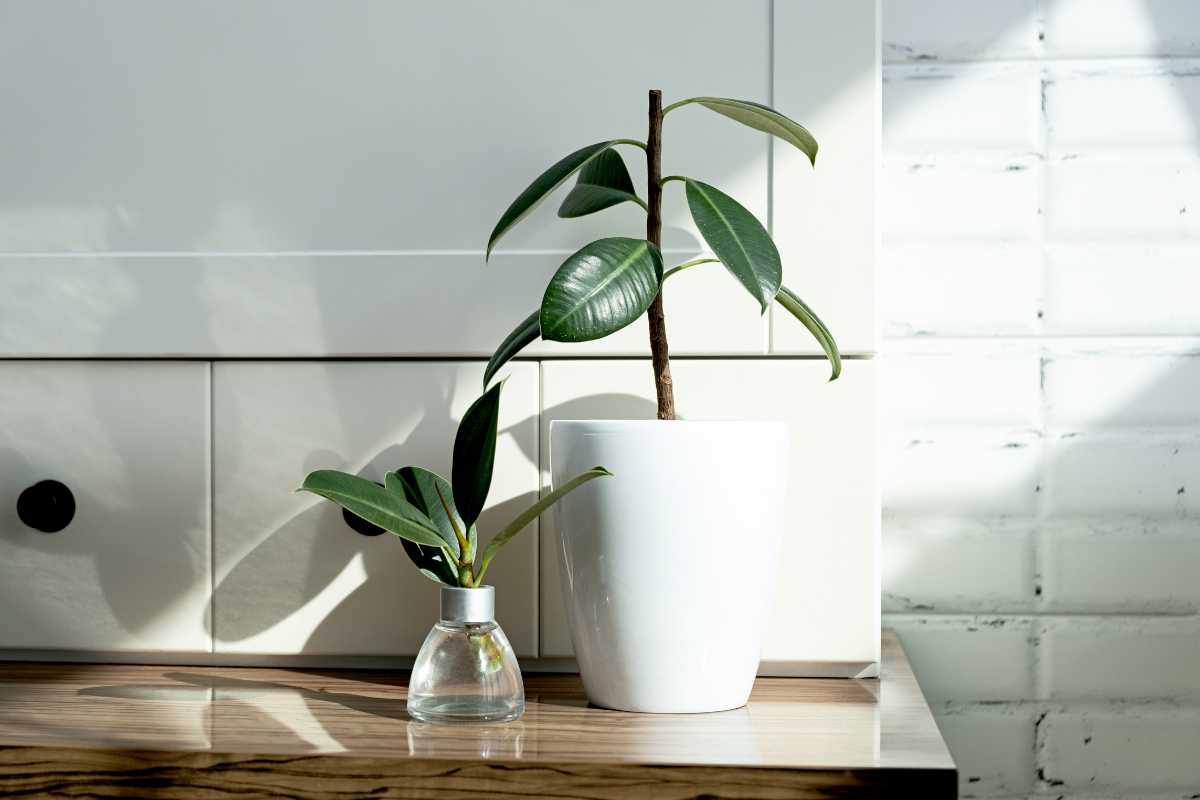
Rubber plants and rubber trees are a truly handsome plant that are showstoppers in any room. It can outgrow a space quickly and easily, so it will require pruning to manage growth.
Prune the central stem top and choose a pot that is on the smaller side as this plant can grow to ten feet tall. Give your ficus a drink when the soil is a bit dry. Feed it bi-weekly from the spring through autumn, and then monthly in winter.
18. Snake Plant (Sansevieria pp)
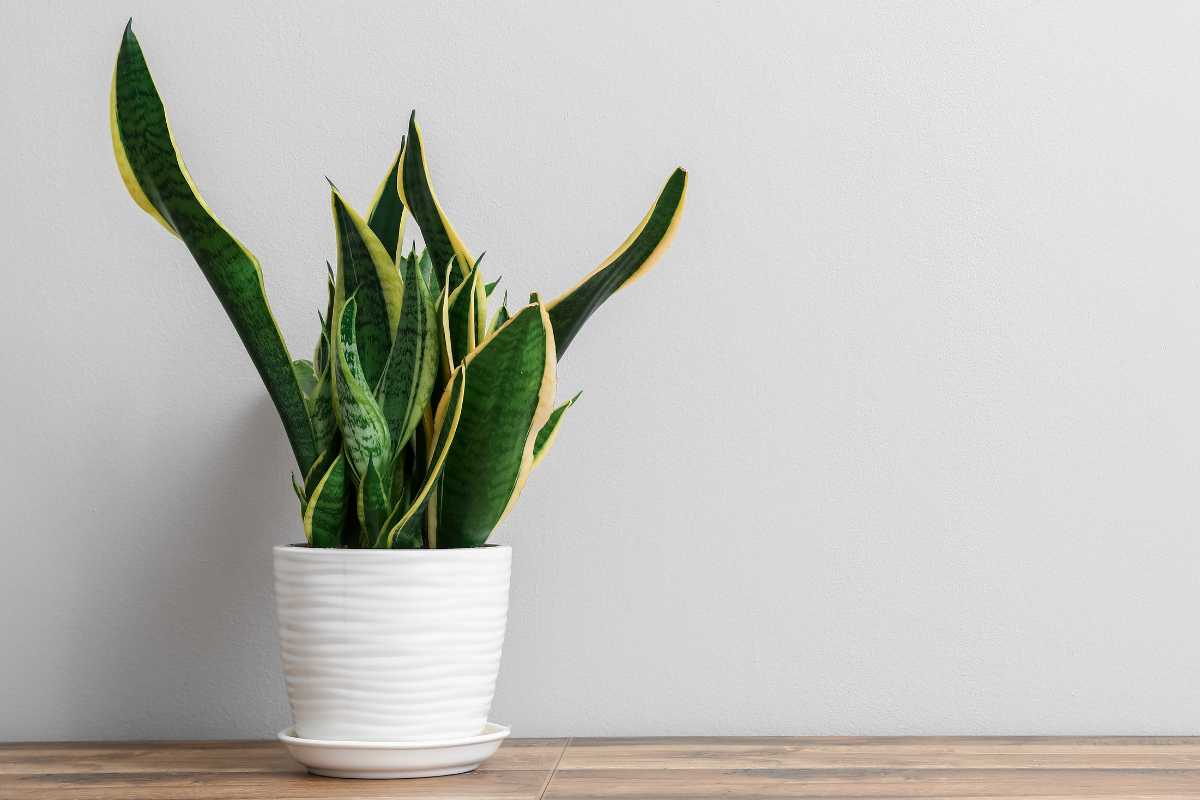
The Snake plant is a consistent favorite among would-be indoor gardeners. Also named Mother-in-law’s tongue for its pointy foliage, this plant offers a sculptural appeal with thick sword-shaped foliage that points skyward.
They can be found in sizes from six inches to just under two feet tall. This is a minimal care houseplant and almost impossible to kill. That helps to explain its enduring popularity. It is forgiving of temperature changes, a lack of water, and lack of light.
19. Spider Plant (Chlorophytum comosum)
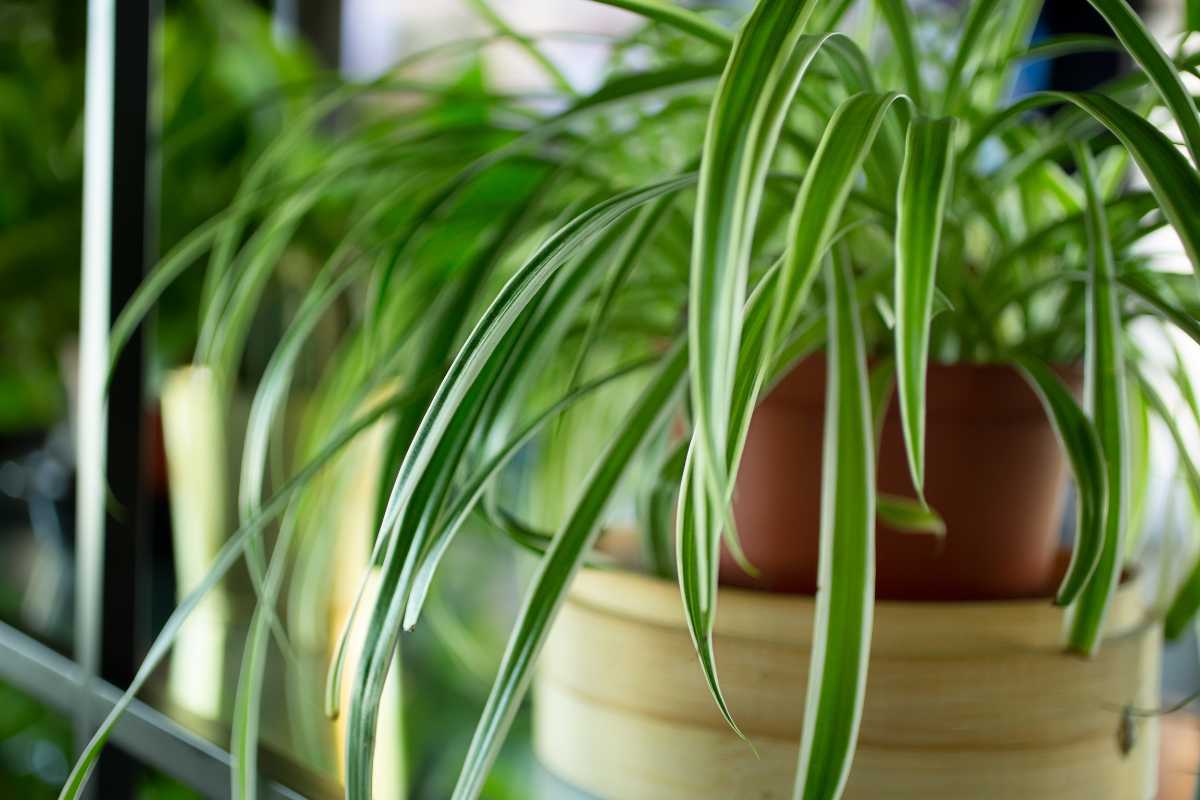
The Spider Plant is an easy-to-grow houseplant with elegant, arching striped-green foliage, it propagates by itself thanks to the baby spider plants it grows after blooms die. These baby spiders will grow their own roots and later transferred to a container with potting soil.
Often cultivated in hanging baskets, they cascade downward to add color and texture wherever positioned. When the soil dries up, water generously and feed them monthly during the growing season.
20. Venus Flytrap (Dionaea)
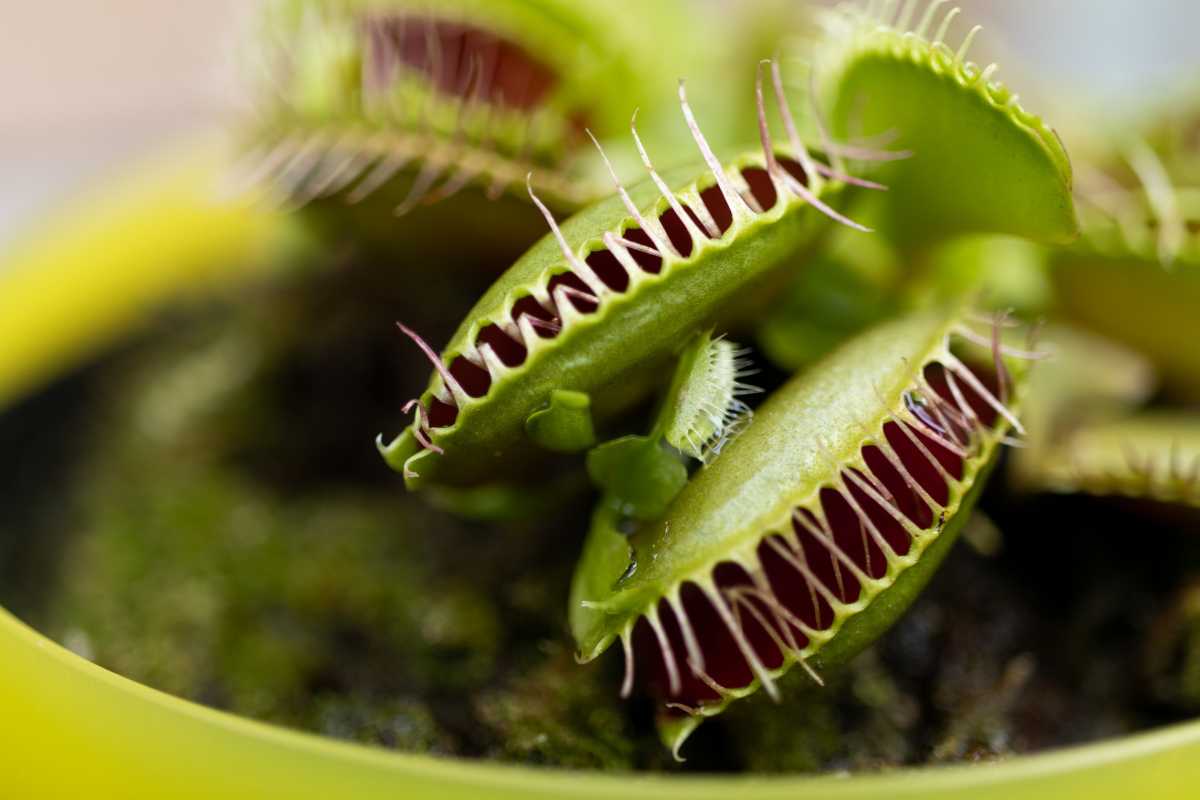
Carnivorous plants have an ever-increasing group of followers. Of this group of plants, the Venus Flytrap is the most popular and well-known.
It will usually only grow one to two inches tall and wide. It needs a soil bed of sand and peat moss and about twelve hours of full sunlight daily. If you don’t have any insects for it to feed on, try bloodworms or fish food flakes about twice a month.
21. ZZ Plant (Zamioculcas zamifolia)
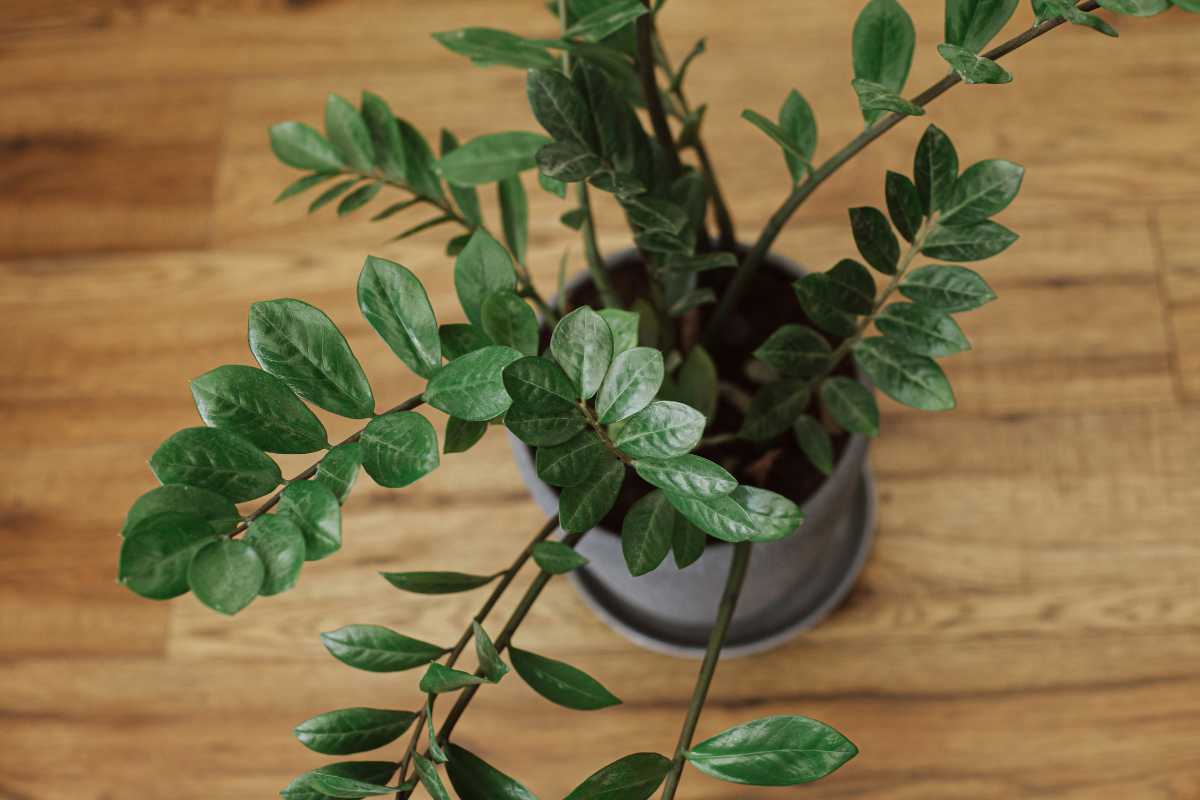
The ZZ Plant stands out from the crowd for its glorious glossy shiny leaves. If you have pets, be careful of them coming close to the plant, because the ZZ is poisonous.
Because it is a semi-succulent, it can be watered every three weeks. Soggy soil can be lethal as it can lead to root rot. Feed it with diluted liquid fertilizer three to four times annually.
Most Common Houseplants Final Thoughts
There are many different types of houseplants available today. Some may not work for everyone, while others might suit your lifestyle better than others.
These are all common and popular houseplants, so you don’t need to worry about not being able to find information about them. Take some time to research which ones do best in your home environment and go from there!
Here are some other houseplant lists that people are often searching for:



















